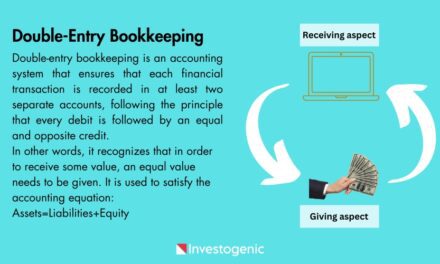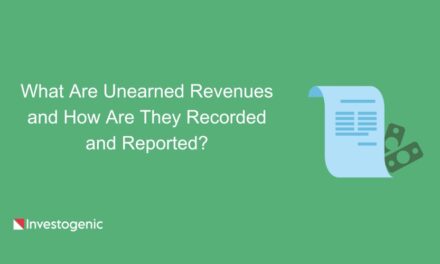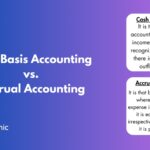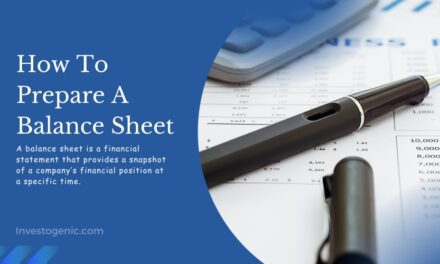
What Are Accounts Receivable and Debtor Aging?

In the normal course of business, management is required to monitor the status of accounts receivable. So that they can know for how long the customer’s balance remains outstanding and what needs to be done to reduce it. This post gives you a detailed description of accounts receivable and debtor aging.
Accounts Receivable
Accounts receivable (AR), also known as trade receivables, is a term used in accounting to refer to money owed to a business by its customers or clients for the goods or services it has received that have been delivered but not yet paid for. Generally, it is also called a debtor.
When a business sells products or provides services on credit (allowing customers to pay later), it creates accounts receivable entries on its balance sheet to represent amounts owed to the business.
For example, if a company provides services to a customer but allows them to pay within 30 days, the amount owed to the customer is recorded in the company’s books as an account receivable. Once the customer makes a payment, the accounts receivable balance decreases, and the cash balance increases.
Debtor Aging
Debtor aging, also known as accounts receivable aging or customer aging analysis, is a method used by businesses to categorize and track the outstanding accounts receivable balances based on how long the invoices have been outstanding. It helps businesses to understand the aging of their accounts receivable and assess the risk of overdue payments.
Debtor aging is typically divided into different periods, such as 30 days, 60 days, 90 days, and over 90 days. Here’s how it works:
- Current: This category includes invoices that are not yet due for payment or are due within the current billing period. This means these invoices are within the allowable credit period of business until now.
- 1-30 Days: This category includes those invoices that are overdue between 1 and 30 days.
- 31-60 Days: This category includes invoices that are between 31 and 60 days overdue.
- 61-90 Days: This category includes invoices that are between 61 and 90 days overdue.
- Over 90 Days: This category includes invoices that are more than 90 days overdue.
(This format of debtor aging can be changed according to the management’s needs; there is no fixed format of debtor aging.)
How Do I Generate a Debtor Aging Report?
Debtor aging reports are typically generated by accounting software and can provide valuable insight into a company’s cash flow and financial management. If you want to prepare manually, then follow these steps:
- Gather unpaid invoices: To create debtor aging, you must first extract the information on all the unpaid invoices of the customers. You can easily extract this information from your accounting software.
- Calculate days past due: You will then calculate the days overdue of all the invoices, i.e., if an invoice was due on the 5th and today is the 20th, the day you are creating debtor aging, then the invoice is overdue by the 15th day from the due date, and you will include it in his range according to these overdue days.
- Split invoices by schedule range: After calculating the overdue days, you have to split the invoices as per the ranges (columns) mentioned in your debtors aging report (you can see the format of the debtors aging report, which is given below).
For example, a customer has the following unpaid invoices:
- Two invoices for $500 that is not overdue
- One invoice for $1,000 that is 15 days overdue
- Two invoices that total $1,500 and are 40 days overdue
- One invoice for $2,000 that is 65 days overdue
You would then categorize those invoices based on your aging schedule ranges. A sample accounts receivable aging report would then be:
Current: $500
1-30 days: $1,000
31–60 days: $1,500
60–90 days: $2,000
- Now create the Debotr Aging Report: Now create the sum of all the columns or categories in the debtor’s aging report. After this, your debtor aging report will be ready.
Format of a Debtor Aging Report
| Customer Name | Total overdue amount | Current or not overdue | 1-30 Days | 31-60 Days | 61-90 Days | More than 90 Days |
|---|---|---|---|---|---|---|
| Total |
Usefulness of Debtor Aging
By analyzing debtor aging, a business can:
- Identify overdue accounts and take appropriate actions to follow up with customers for payment.
- Assess the overall health of its accounts receivable portfolio and determine the effectiveness of its credit and collection policies.
- Estimate potential cash flow based on when payments are expected to be received.
- Recognize trends in late payments or customers with consistent payment issues.
- They help businesses manage their receivables, maintain good customer relationships, and minimize the risk of bad debts.
How to Monitor Your Accounts Receivable
If you are not currently monitoring your accounts receivable, you can start monitoring them through debtor aging. This will help you understand the outstanding accounts receivable of your business, and you can easily ask them to pay.
Generally, we have to take care of those accounts receivable that are not paid even after the expiration of the credit period. For example, let’s assume that your business allows a credit period of 15 days for its accounts receivable. For this, you can make debtor aging in the range of 1–15 days, 16–30 days, 31–60 days, and more than 61 days, or you can choose some other range. Now you can easily identify the accounts receivable above 15 days from this debtor and ask them for payment.



























